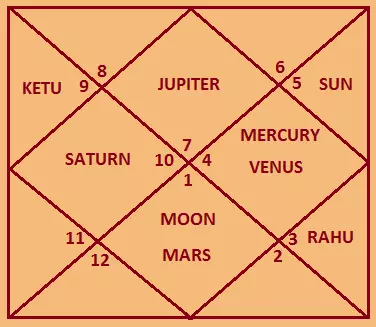Lunar Month or Chandra maas in Astrology

Best Astrologer in India: - Dr.A.S.Kalra


Lunar Month or Chandra Maas in Indian Vedic Astrology
In Indian Vedic Astrology and the Hindu calendar system, a Lunar Month, also known as Chandra Maas (चन्द्र मास), is based on the cycle of the Moon. A lunar month begins either from the new moon (Amavasya) or from the full moon (Purnima), depending on the tradition followed.
Duration and Phases
A lunar month is approximately 29.5 days long and comprises two main phases:
- Shukla Paksha – The waxing phase of the Moon (from new moon to full moon)
- Krishna Paksha – The waning phase of the Moon (from full moon to new moon)
Types of Lunar Months
There are two types of lunar months observed in India:
- Amanta Maas – The month begins from Amavasya (new moon) and ends on the next Amavasya. This is commonly followed in South India.
- Purnimanta Maas – The month begins from Purnima (full moon) and ends on the next Purnima. This is generally followed in North India.
Names of Lunar Months
The names of the lunar months are based on the nakshatra (lunar mansion) in which the Moon is located on the full moon day:
- Chaitra
- Vaishakha
- Jyeshtha
- Ashadha
- Shravana
- Bhadrapada
- Ashwin
- Kartika
- Margashirsha
- Paush
- Magha
- Phalguna
Significance of Chandra Maas
Lunar months play a crucial role in determining the timing of Hindu festivals, fasts (vrats), and religious rituals. Major festivals like Diwali, Holi, Maha Shivratri, and Navratri are celebrated according to the lunar calendar.
Each tithi (lunar day) in the lunar month has specific spiritual importance, and astrology uses these tithis to calculate muhurta (auspicious timing), birth charts, and more.
Conclusion
Understanding the concept of Chandra Maas is fundamental in Indian Vedic Astrology and Panchang calculations. It forms the basis of Hindu timekeeping and continues to guide religious and spiritual life in India.
